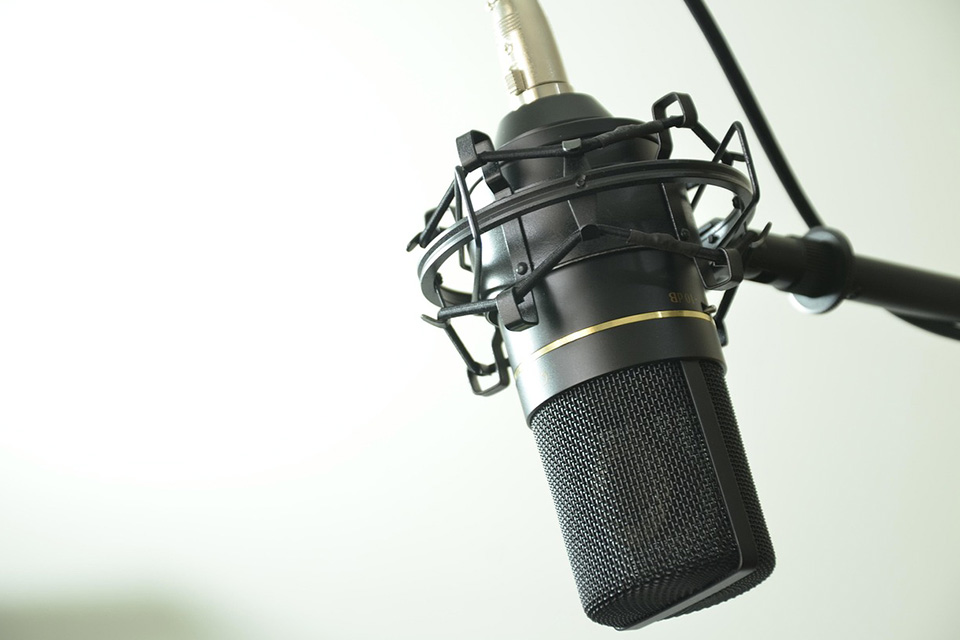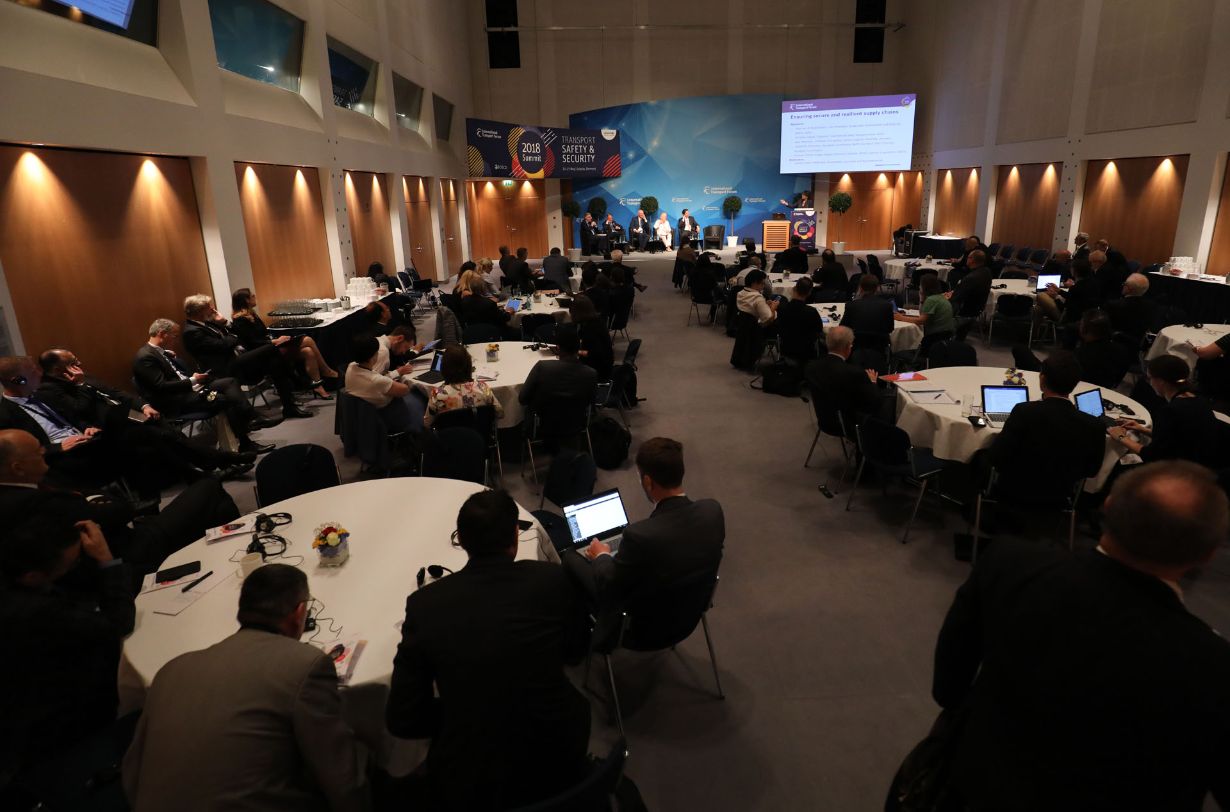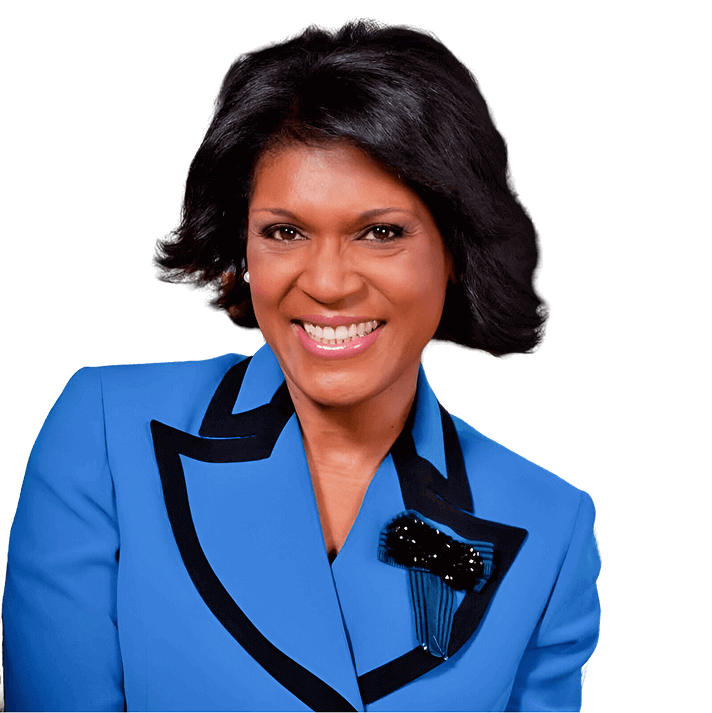
Autumn has finally arrived. The leaves on the trees have gone from green to gold, the air is feeling distinctly chilly, and the first rain has fallen in weeks. The morning downpour was heavier than usual, but I still went ahead with my regular stroll in the park, followed by an espresso at the bandstand café.
I soon got chatting to the girl behind the counter who – between grinding coffee beans – shared a vivid account of how she’d braved the elements to get to work. As everyone knows, the weather is the go-to subject of conversation among strangers, and this was no exception. But, on this particular day it was her voice – not her story – that really caught my attention. Her breathy, high- pitched account of a waterlogged commute through London was told with a mixture of pride, humour, and drama. Getting to work on time – albeit thoroughly soaked – was a triumph she was determined to share with everyone within earshot. Afterwards, we segued into musings about the differences between the summer and winter rain (one light and cleansing, the other riddled with dust), before eventually saying goodbye.
Something about our conversation struck a deep chord. I spent the rest of the day thinking about the human voice and its multiple capabilities. All voices shift with the seasons and reflect our moods. Yet the human voice is often misunderstood, taken for granted, or even underestimated – despite its power to define who we are or want to be.
A Sonic Signature

Most people regard a personal brand as something that can be visualised – like a website – or wearable, like a business suit. But branding isn’t just about what’s seen; it’s also about what’s heard and that’s why I often refer to the human voice as a sonic fingerprint. An overblown description? Absolutely not. Every voice is shaped by geography, intent, emotion, and experience, all of which influence how people react to each other.
Whether you’re chairing a meeting, answering a phone call, or talking to a room full of children, your voice is an instrument through which subconscious information is conveyed. The way a person sounds – their rhythm, tone, and choice of words – creates a picture of who they are, or who we’d like them to be. A clear, steady voice signals confidence, while a soft, shaky, or hesitant one suggests vulnerability. Interestingly, some people come across as authoritative simply because they know how to make their voice sound purposeful – even when they’re nervous.The bottom line? Your voice carries your attitude. It’s not just what you say—it’s how you say it that shapes the way the world will see you.
More Than Words
Ironically the human voice – despite its beauty and latent power – is the easiest thing to overlook. Everyday we’re exposed to dozens of voices. Their tones register subconsciously, and we respond emotionally, whether we intend to or not. Just think about it: the hushed apology; the barked command; the dreamy, sing-song lullaby; the tear-soaked lament. What we feel, we feel immediately – even before we understand the language or its nuances.
“We brand ourselves with every syllable—long before words are understood, our voices have already spoken.”
Unsurprisingly, the business world has cottoned onto this. Adult phone call centres are a brilliant example of an industry that has made millions out of mining the richness and variety of the human voice. Harnessing different vocal archetypes to evoke a range of sexual emotions, is an art: husky voices whisper seduction, playfulness, or flirtation; commanding tones invoke images of domination, subservience, or even pain. For the record, I’ve never worked for an adult phone line, or availed myself of their services!
The truth is, we all curate our voices. We adopt softer tones with our children, authoritative ones at work, and breezy cadences when we’re trying to charm or impress. Whether it’s being done consciously or not, we brand ourselves with every syllable.
Finding Your Vocal Archetype
So, what’s your archetype? Think of your voice as a character in your brand narrative. What does it do? Does it comfort or command? Ask or assert? Take a look at these archetypes. Which one is you?
| Archetype | Description | Typical Roles |
The Storyteller | Warm, engaging, expressive | Coaches, podcasters, authors |
The Commander | Crisp, direct, no-nonsense | Executives, lawyers, analysts |
The Muse | Reflective, poetic, gentle | Artists, designers, mindfulness guides |
The Flirt | Cheeky, playful, magnetic | Entertainers, lifestyle brands |
The Healer | Soothing, calm, nurturing | Therapists, wellness practitioners |
Knowing which archetype fits your natural voice – and how to amplify or adapt it – can elevate your personal brand far beyond appearance. It gives you an authentic edge. One that people can hear and remember.
Navigating Bias & Authenticity
But voices come with baggage. Accents evoke stereotypes. Soft voices get talked over. Deep ones are taken more seriously. Embracing your authentic voice, rather than conforming, can be a form of rebellion.

British actress Julie Hesmondhalgh, born in the north of England, was made aware of her accent and the assumptions around class when she enrolled at a London drama school. Not only has she kept her accent but she has gone on to enjoy an award- winning career.
The moral of the story? Connections are built not because of what’s said, but because of how you say it.
The Call to Listen
If you want to explore your vocal presence, then start by listening. Record yourself reading a favourite passage from a book. Speak your elevator pitch aloud, and then play it back. You’re not recording your voice to critique it but to zone in on the qualities that make it unique. Ask yourself: How do I sound when I’m confident? When I’m tired? When I care deeply about something? It’s your voice at work. Your brand.
“Your voice won’t find its power until you dare to hear it—flaws, grit, brilliance and all.”
I’m not afraid to admit that I hate recording my voice. When I’ve done it, it’s usually through gritted teeth. Listening back can be equally painful as I am my harshest critic. Sometimes I think I sound nasally or even adolescent. But my clients disagree and that’s good enough for me.
Get over the fear. Un-grit your teeth. Start recording. This is about giving your brand a voice that everyone will notice.
In Closing
Your voice isn’t just a tool, it’s a touchstone. It tells your story in waves, in timbre, and in tempo. It doesn’t need filters or fonts. It only needs breath and presence.
So, the next time you wonder what sets you apart in a crowded digital world, take a pause and listen.

The girl in the coffee shop used her voice to tell a story that none of us are likely to forget. A natural orator? No, she was simply being her authentic self.
And that’s what it’s all about: understanding your voice and playing to its strengths. Because if your brand had a sound, would it whisper, roar, or glide…or is it somewhere in between, carried by the rain and intention?
Juliette Foster



